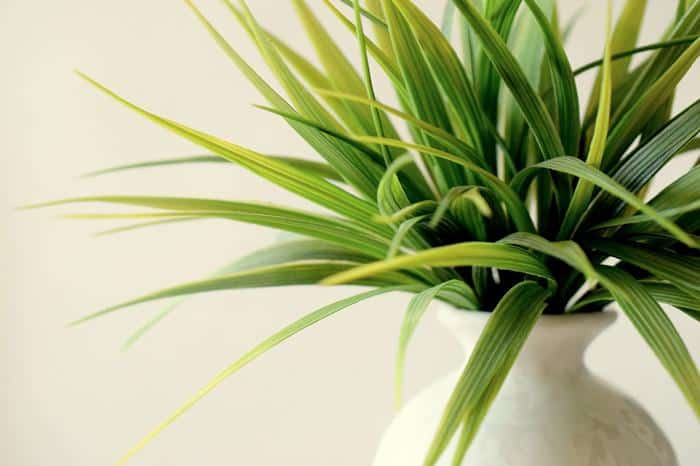Effective Ways of Maintaining Your Ficus Tree
Ficus trees can thrive outside, but they also can make terrific indoor plants. They’ll be smaller than their big, bulky outdoor counterparts, but they do require a decent hunk of space so it can reach its full potential. While the basic needs of a ficus tree isn’t much different than other plants, they are divas that have specific environmental demands. Moreover, they will react very harshly if these demands are upset in the slightest. They can try your patience, but if you tend to their needs, they’ll reward with you elegant beauty.
A Brief Look at the Mighty Ficus
When you encounter a ficus tree in its natural outdoor habitat, you may find it to be an unruly bulwark that, while beautiful, can take up a heap of space. If you have intentions of planting a tree in your backyard that will one day provide an immense amount of shade, an outdoor ficus may be right up your alley.
An indoor ficus, on the other hand, is far from the massive beast that thrives in the elements. Compositionally, it looks like its outdoor counterpart, complete with a single or multi-stemmed trunk. It’s just significantly smaller, and therefore, perfectly suited for your home’s interior.
Tending to an Indoor Ficus Tree: A Video Overview
Because a ficus tree can grow and thrive outdoors, you may think that caring for it in its indoor incarnation may pose an intimidating array of unorthodox challenges. Yet as this video demonstrates, taking care of a ficus grown indoors is not unlike taking care of other indoor plants such as a fern.
The Deceptively Tricky Nature of Ficus Trees
Because ficus trees can thrive in the outdoors for years if not decades, you may think that taking care of a ficus indoors is a snap compared to other houseplants. After all, these trees are naturally designed to hang tough amongst winds, rains, and other forms of potentially detrimental elements; hanging out in your office is nothing in comparison, right?
Not quite. Ficus trees do have a reputation for being easy to grow, but they aren’t necessarily a tree that provides you with a ton of leeway. In fact, they can be quite finicky when it comes to their care if you want them to perpetually look healthy.
The main element that makes caring for a ficus a somewhat tricky proposition is environment – specifically, changes to the environment. If you make even the slightest change to what they’re used to too abruptly, they will react negatively. Typically, they’ll show displeasure by dropping their leaves – even ones that are still lush and green.
Creating a Stable Space
Because of this, proper care for an indoor ficus begins, ends, and is focused on preparing a stable, long-term environment. A lot of this stability is dictated by the elements of basic maintenance and the routine that gets established through these elements, such as watering. However, the execution of these elements can be frustratingly rigid.
This doesn’t mean that ficus trees are entirely intolerant of change. They just accept any changes made to their routine on an extremely gradual basis. If you must make an alteration to their environ, you must do so through slow, extremely deliberate means to keep them comfortable.
Because of their finicky nature, a lot of thought must go into selecting the space for your ficus. Pick a spot that you can be comfortable with your ficus being for the duration of its life, if it’s possible. Ficus trees have a reputation for disliking dramatic relocations or re-potting, and have no problem letting you know their feelings.
As you select your long-term ficus spot, you need to make sure the space selected provides the plant plenty of room to flourish. These trees are rapid growers – not too surprising, considering that their outdoor counterparts also grow in a swift manner. Given their nature, it’s best to put them in their final destination right away, regardless of how small they may initially be.
Ficus Trees and Light
As is the case of most indoor plants, putting your ficus tree in direct sunlight is a recipe for disaster. Doing so could result in the leaves getting scalded, if they stay attached at all.
Your best bet here is to make sure they are in either bright yet indirect light, or filtered light. This is another reason why choosing the right spot for your ficus is so crucial. If you choose a spot that doesn’t have a light source that fits in the ficus’ wheelhouse, you could find yourself in a losing situation.
Ficus Trees and Temperature
If you’re growing an indoor ficus, you’ll need to make sure you create a temperature environment they can easily tolerate. This may sound a bit odd, since ficus trees exist in outdoor settings. Yet indoor ficuses have little to no tolerance of low temperatures or even cold drafts.
You’ll want to keep the temperatures surrounding the plant above 60 degrees Fahrenheit. Ideally, this temperature will be see above 70, but the ficus does give you a little leeway here. It’s also wise to not place your plant near open windows, so you can mitigate the effect of wind gusts.
Ficus Trees and Water
Make sure you’re not over-watering your ficus, as doing so will do more harm than good. Fortunately, it’s not too difficult to determine whether or not your ficus needs a drink. If soil is wet, then they’re fine and watering isn’t necessary.
If anything, making sure your ficus is in a humid environment is just as important as making sure it has water. Ficus trees need high humidity to thrive, as it helps to keep its moisture in balance. You can increase the humidity around the ficus with a humidifier, or by setting it on a pebble tray filled with water.
While the basic needs of a ficus tree are as easy to follow as other plants, the execution of these needs may be a bit of a challenge for novice gardeners. However, if you’re up for the challenge and can readily deal with the prima donna nature of a ficus tree, you’ll find the plant to be a welcome, exquisite piece of home décor for years to come.
Photo by PierreSelim licensed under CC BY 3.0.



